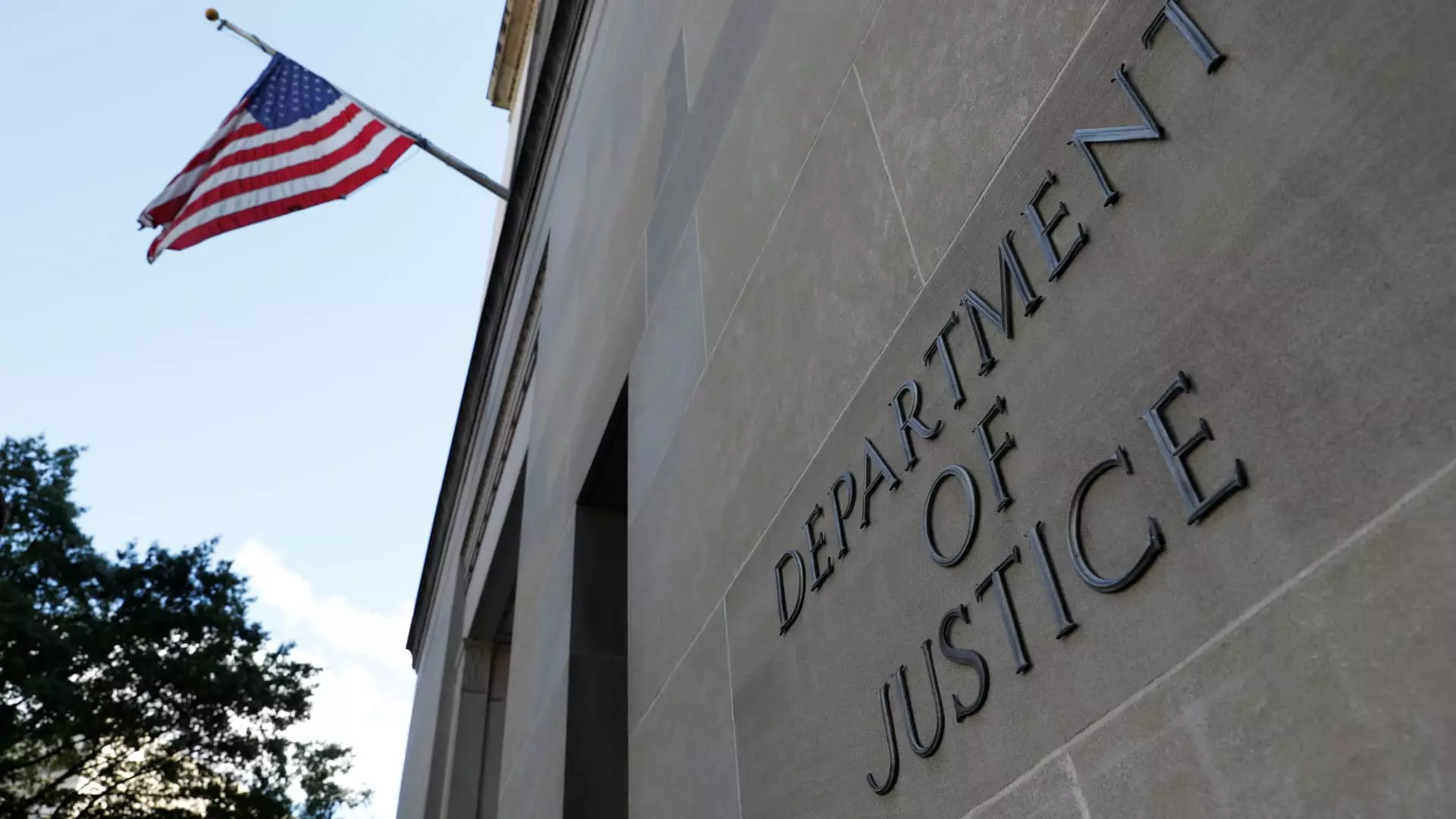The cryptocurrency landscape, once heralded as a revolutionary financial frontier, is now facing a damning spotlight due to the alleged misconduct of Iurii Gugnin. This recent case serves as a cautionary tale that extends beyond mere regulatory oversight—it’s emblematic of how the murky waters of digital finance can be exploited for nefarious purposes. The charges against Gugnin, involving a staggering half a billion dollars in transactions tied to sanctioned Russian entities, eviscerate the perceived ethos of transparency and integrity that crypto enthusiasts often echo.
A Perfect Storm of Failures
In a world where economic sanctions are designed to economically cripple rogue states, Gugnin and his network have allegedly transformed a cryptocurrency payments firm into a clandestine conduit for illegal transactions. This is not just about evading regulations; it’s about a comprehensive failure of the system meant to uphold financial integrity. The indictment details a multifaceted approach to circumventing the law: from falsifying compliance documents to masquerading as a legitimate business while actively engaging in misleading practices. These prescriptions for misconduct are not just isolated to one figure but reveal a systemic vulnerability in how cryptocurrency gateways operate.
Beyond the immediate implications for Gugnin, who once enjoyed a lavish lifestyle flaunting his wealth, this case forces us to reconsider the entire regulatory framework surrounding digital currencies. As cryptocurrencies attempt to enter the mainstream, they must be stringent about compliance and robustness of their operations to avoid becoming a haven for corruption.
Redirecting Attention to Regulatory Adequacies
This scandal highlights the inadequacy of current regulations that govern cryptocurrency transactions. The apparent ease with which Gugnin misrepresented his business and concealed his ties to sanctioned entities underscores a critical need for reform. It is high time that regulators enact more rigorous standards, particularly concerning know-your-customer (KYC) and anti-money laundering (AML) processes. Cryptocurrency should not only be transparent but should also become a fortress against criminal activity. Standards should not just be recommendations but enforceable mandates.
Furthermore, the fact that Gugnin allegedly maintained relationships with individuals linked to Russia’s intelligence apparatus and Iranian officials deserves significant scrutiny. The intersection of technology exportation and financial transactions raises a red flag about national security implications that cannot be overlooked.
The Broader Implications for Crypto Enthusiasts
For the genuine proponents of cryptocurrency—a space that champions decentralization and financial liberation—this opens up daunting questions. How can they reconcile the ethos of their movement with the actions of individuals who exploit this technology for dark motives? Each headline about financial misconduct sends ripples throughout the community and into the broader public sphere, often leading to increased skepticism of cryptocurrencies as viable options for legitimate financial dealings.
In a time when transparency should be the defining characteristic of an industry seeking legitimacy, the Gugnin saga serves as a wake-up call. It compels stakeholders to amplify their commitment to responsible business practices, fortifying the security around digital finance rather than allowing cynicism to dictate the future of cryptocurrency. The stakes have never been higher, and the industry must not only respond but evolve to safeguard its integrity as a countermeasure against exploitation.

